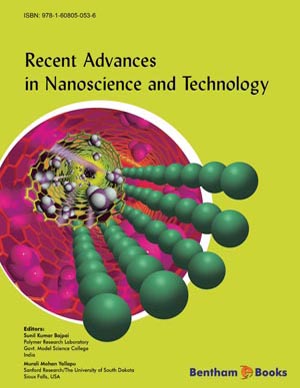Abstract
The great potential of the silicon carbide (SiC) and diamond nanoparticles for future applications in spintronics initiates detailed investigation of the effects of impurities and defects in their electronic characteristics. Among impurities, nitrogen doped SiC nanoparticles are an important item to be studied, because nitrogen donors are common contaminations of an n-type SiC bulk material. The first information about the shallow donor state of nitrogen in SiC nanoparticles and influence of the hydrogen as well as intrinsic defects on electronic properties of nitrogen was presented in this chapter. The delocalization of the nitrogen wave function was observed with the reduction in the nanoparticle size with the onset of about d < 50 nm. The delocalization of the nitrogen wave function gives rise to the overlap between wavefunctions of the neighboring donors and transformation of the nitrogen triplet line into one single exchange EPR line. The size-dependent effect was also observed for paramagnetic substitutional nitrogen defects (P1) in nanodiamonds representing free electron interacting with the 14N nuclear spin (I = 1). The decrease of size of nanoparticle down to d < 80 nm led to a transformation of the hyperfine structure of the P1 defect into a one EPR line caused by dipole-dipole and/or exchange couplings of P1 spins with the rising amount of surface spins, which becomes more effective in nano-sized particles.
Keywords: Carbon vacancy, Compensation, Delocalization, Dipole-dipole interaction, Donor wavefunction, EPR, ENDOR, Exchange interaction, ED EPR, Hydrogen, Hydrogen retention, Hyperfine interaction, Intrinsic defects, Nanodiamonds, Nanoparticles, Nitrogen, Silicon carbide, Size-dependent effect, Superhyperfine interaction, Surface defects.



















